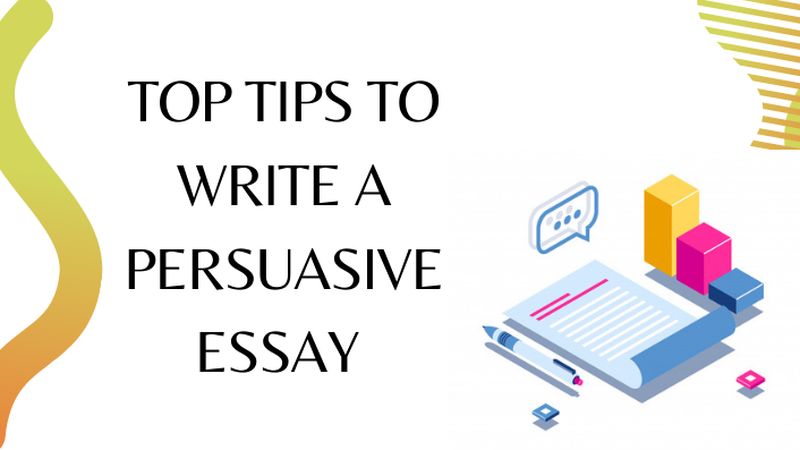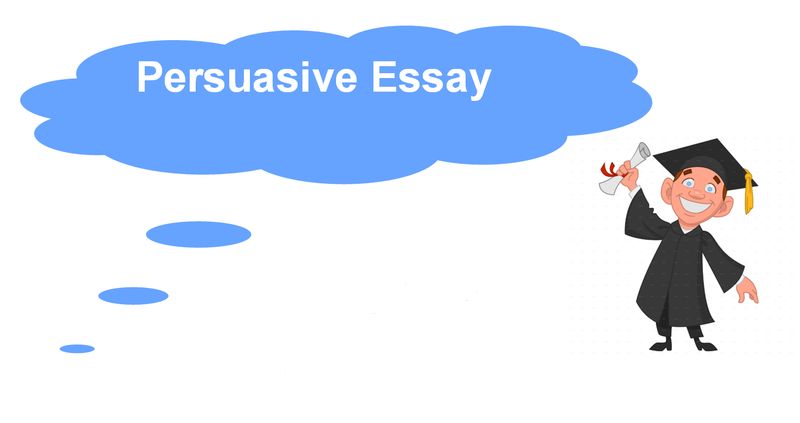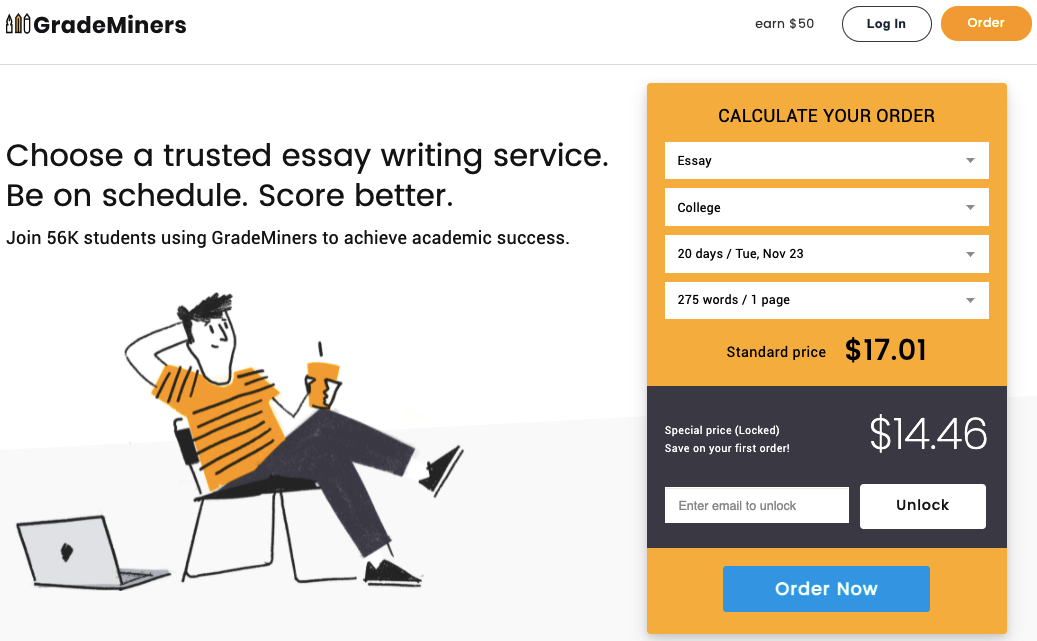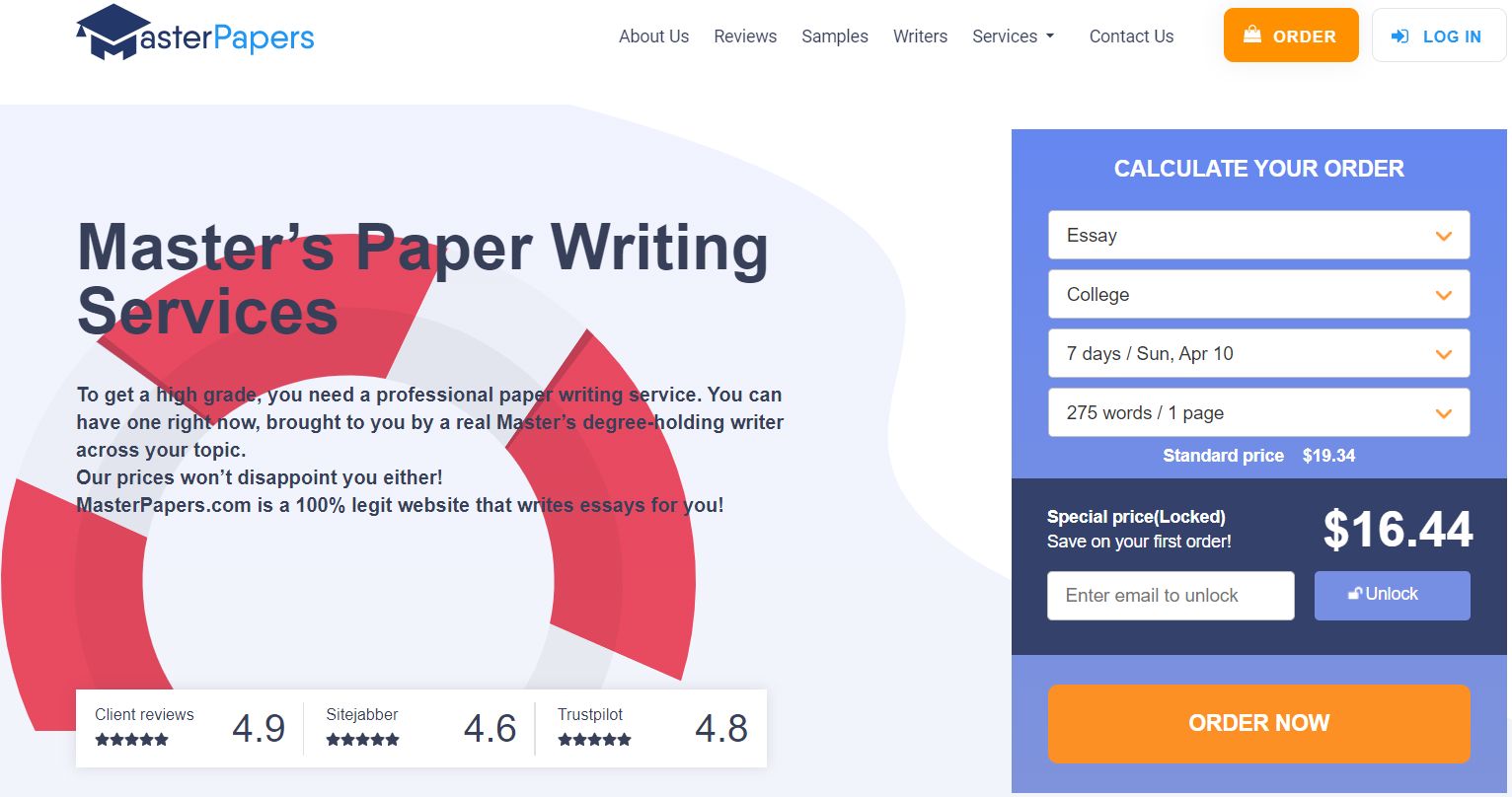How to Write a Persuasive Essay Outline
Publication Date: 30 June 2022
A persuasive essay is a special type of academic essay whose function is to convince the reader of something. It may be the author’s point of view, or a theory – in either way persuasive essay writing requires the author to be an expert or at least to know the subject matter well.

The function of persuasive essay writing in college is to prepare students for more serious research work, e.g. research project, term paper, meaning examples, thesis, or dissertation. Both the persuasive essay and these works share one thing in common – they require a well-structured approach. Without a good structure, or an outline (i.e. introduction, the main body, and conclusion), one shouldn’t even start a persuasive essay, as such research work is not going to meet the required academic criteria and will have low convincing power on the reader.
How to Prepare for Making an Outline
Even before you start a persuasive essay planning, aiming to draw a good outline and capture your initial thoughts on paper, you need to make the following preparatory steps:
- Understand the topic. This means that you should not have any open questions left, ambivalence, or doubts about what is expected of you. The topic should be plain and clear to you.
- Research the topic. The next step is researching the topic and gathering additional information. This has a direct connection to the persuasive essay format, including the outline.
- Get to know your audience. For your persuasive essay to be focused, you need to understand the target audience or the reader. For this token, an audience proficient in economics needs to see some numbers and statistics, while an audience knowledgeable in psychology would surely appreciate bright and vivid characters, meaning examples from real life.
- Estimate the resources required. How much time will you need to make an outline, and write the essay? Should you attempt to complete the work in one go, or split it into parts?
Ensuring all the above prerequisites and initial steps are fulfilled, you will be ready to start a persuasive essay outline.
The Basics of Writing an Outline for a Persuasive Essay
A standard persuasive essay format requires the writer to include several structural elements, which are also common for many other research papers:
- Introduction
- The main body
- Conclusion
Before you start a persuasive essay, it is necessary to make a good outline taking all the above points into account. As part of an outline, clarify the required persuasive essay format – things like font size and style, word count, line spacing, referencing style, etc.
A Perfect Persuasive Essay Outline
Here is an example of a perfect outline for your persuasive essay. This is the most complete list, meaning examples for all applications, however you may not need to use all the elements listed, though picking some would certainly help:
- Introduction
- Introduction to the topic
- The hook
- A thesis statement
- Terms and definitions
- The Main Body
The more convincing evidence you have to support your thesis statement, the more paragraphs you need in the main body. The outline for the main body goes as follows:
- First paragraph. The main (the strongest) argument to support the thesis statement
- Second paragraph – the second argument
- Third paragraph – the third argument
Making short sentences and using empty space smart in persuasive essay writing helps to keep the reader focused.
- Conclusion
- Sum up the key takeaways and findings from the entire text
- Make it clear why the thesis statement formulated in the introduction was correct
- Engage the reader in further thinking process by introducing intriguing questions
How to Persuade the Reader
Each text has its purpose: to tell, to interest, to sell, to convince… But only a really interesting text “catches” attention, motivates the reader to take action, and has the power to persuade.
How to take that into account in persuasive essay writing? How to write so that readers believe? How to start a persuasive essay?
First of all, the text should be varied. It is necessary that there be the opinion of ordinary people, experts, figures, examples, and research results. The author’s opinion alone rarely convinces the reader. It is necessary to make the correct outline initially, so that the text is easy and interesting to read, from introduction to conclusion.
Tips for Writing Persuasively

- A bright title and an interesting beginning of the text. The text can be very interesting, but if the title and the beginning do not interest the reader, no one will read further. This is the golden rule of persuasive essay writing. It is necessary to choose words in such a way that the reader wants to know what will happen next. The title should be short, interesting, and intriguing. Take this into account when making an outline.
- A specific example or story. Readers love stories. Any topic can be revealed through a real story. For example, the topic of tariffs. You can talk for a long time about how high and economically unconditioned they are. Or you can start with the story of Jessica, who pays almost all her salary for utilities, but it is very cold in her apartment. And then you can write about economic aspects, meaning examples and give expert opinions.
- Statistics. It is necessary to supplement the text with 2-3 numbers, but no more. The numbers should be understandable and close to the reader. These can be the results of sociological research, ratings, the number of residents who have similar problems, terms, and more. It is not necessary to give all the numbers in one paragraph, as the persuasive essay format stipulates distributing them evenly throughout the text.
- Expert opinion. It is important that the opinion of the author is confirmed by experts from the relevant field. You need to add a commentary from such a specialist, but it is advisable to choose the part of the conversation that the audience will understand. You can also start a persuasive essay with an expert opinion – that will serve as a hook for the reader.
- People’s comments. It is also important to give the opinion of people who are associated with the topic of the article. Those should be ordinary people in whom readers will be able to recognize themselves. For example, Monica, a mother on maternity leave; Mark, a retired army official; Mathew, a Spanish teacher, Valarie, a student, etc. These comments make the text closer to the reader, and they best work in the introduction or a conclusion.
- List 5 reasons; TOP 10 tips … The text should benefit the reader. If there is a problem, it is necessary to give information on how it can be solved. This can be practical advice, contacts of organizations, an algorithm of actions, or other information that will help the reader. A persuasive essay format is ideally suitable for such lists.






